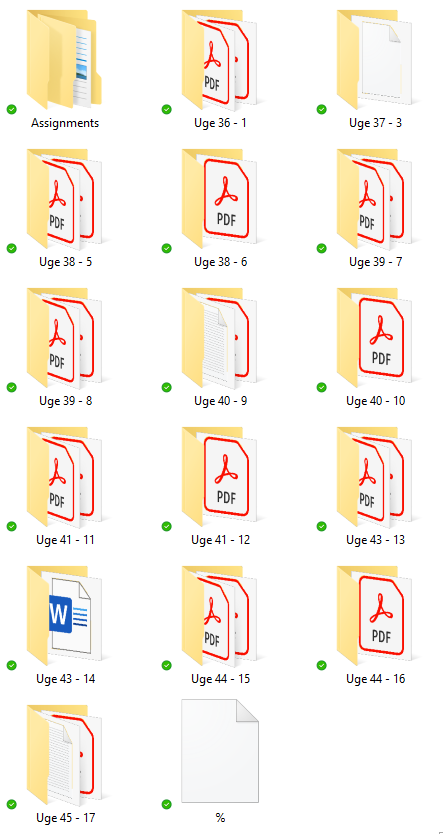SHAPING
REALITY
THROUGH
CATEGO-RIZATION
Digitisation
Datafication
Taxonomy
Curating data
Curatorial statement
Categorization has been an important factor in exercising my work. It provided my data with structure and coherence, which allowed me to establish a taxonomy for my data, that I have visualized in a circular dendrogram. In my assignments, I noticed a recurring tendency in attempting to create practice-oriented visualizations of how these categories affect our daily lives, whether it was through the mediation of photographs, the biopolitics of datafication, or meaning-creating through knowledge categorization. I came to see these categorisations as a necessity in maintaining and growing contemporary knowledge in an otherwise chaotic world.
However, as Deleuze and Guattari suggests, the brain does not perform within the rigid tree-map structure of categories, but rather as a network of intertwining information (Pasquinelli 2017). In my assignments, I categorized the contents of photographs, analysed my categorised online data, and created a categorized dataset. However, despite our continuous efforts to categorize the world, its dynamic and complex nature seems to escape the static boxes we try to bring upon it. The contents of my photographs were debateable, the quantification of my online data did not necessarily correspond to my own perception of my identity, and the categorization of articles proved difficult as they crossed the borders of a traditional hierarchy. Instead, we must embrace the materials’ ever-changing form and co-create knowledge while moving away from the illusion of objectivity.
There is no one objective way of understanding things, as objectivity is challenged by situated knowledge, in which all perspectives must be considered (Haraway 1988, p. 581). This myth of infinite vision in static binary truths or non-truths must perish, and our own vision must be claimed by continuous collective reflection on knowledge and its dynamic agency. We do this by acknowledging our subjective perspectives while remaining critical to the knowledge we are given. Holding actors like Snapchat or Samsung accountable for their categorizations diminishes their power and forces them to reconsider their categories, or at least provide us with a greater degree of transparency behind the reasoning for them and the algorithms that maintain them.
The data collected by me - or by anyone for that matter - cannot be objective, as it has no truth because of its mediation through artefacts and human subjectivity (Gitelman 2013, p. 37). Countless actors take part in forming knowledge and their perspective is built into it. As Juárez states, “organizing information is never innocent” (Juárez 2017, p. 155) and in building my portfolio, I subconsciously built a frame for my work, where I emphasized some findings and omitted others. In this fusion between data created by other people and my categorization, I built my subjectivity into not only the hand-picked data, but also forced it upon the seemingly objective way in which this data is stored.
A critical reflection of categorization is the desired purpose behind my exhibition. As data exploitation expands into our daily lives, the power of biopolitics grow and so does its consequences (Adams 2017). Categorization exists as an invisible layer between us and our interactions, which in this portfolio is proven through examples of photographing, social media interaction, and knowledge distribution. We need to collectively establish and maintain categories to make sense of the world. It must not be up to individual corporations to decide what constitutes a photograph, to quantify our data into a digital persona, or to control the distribution on knowledge. Categorization is thus a necessity where we need to work on existing discourses, and this requires collective critical reflection to avoid the domination of authoritarian objectivity.

________________________________________________________________________________________________________________________________________________________________________________________
Image 0: My "Curating Data" folder
SHAPING
REALITY
THROUGH
CATEGO-RIZATION